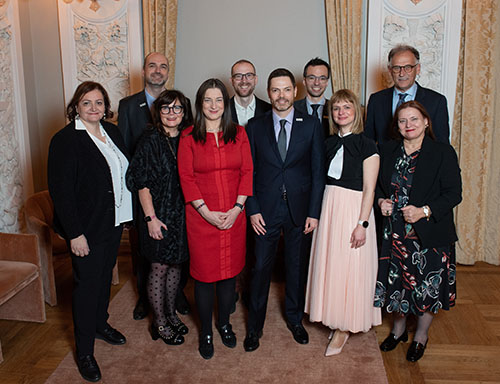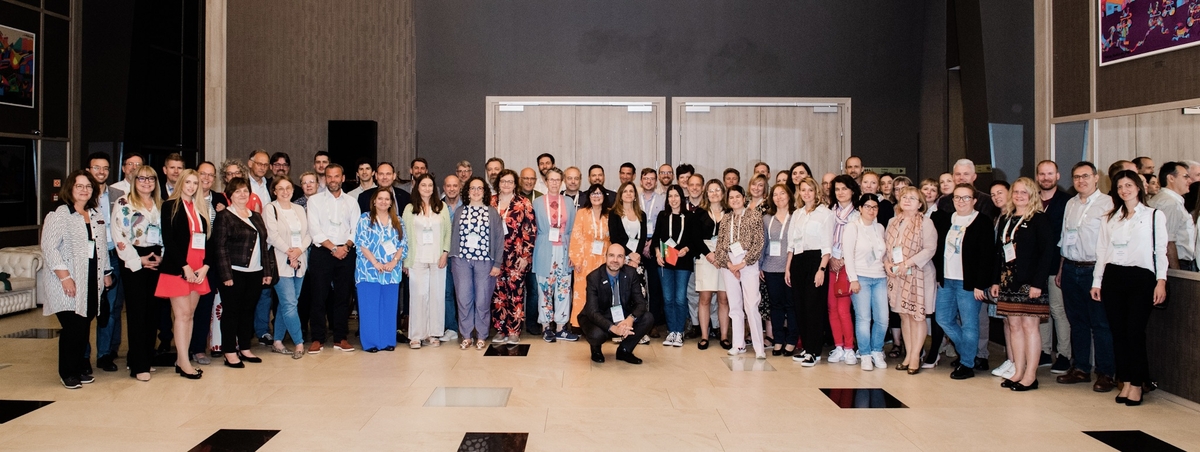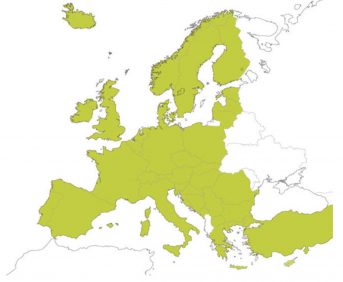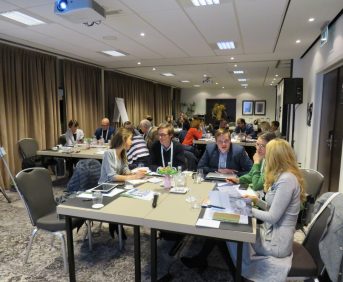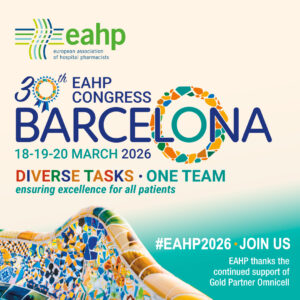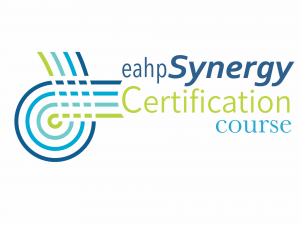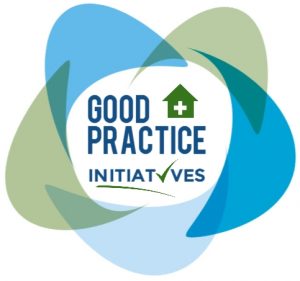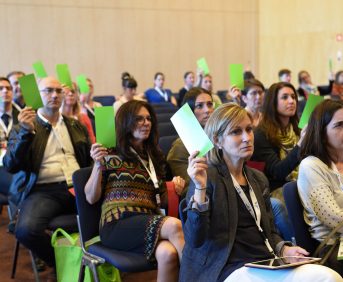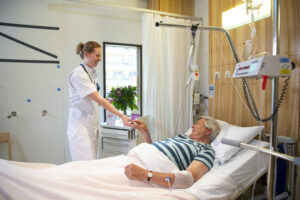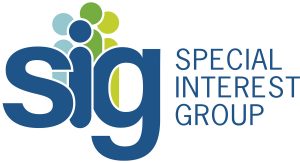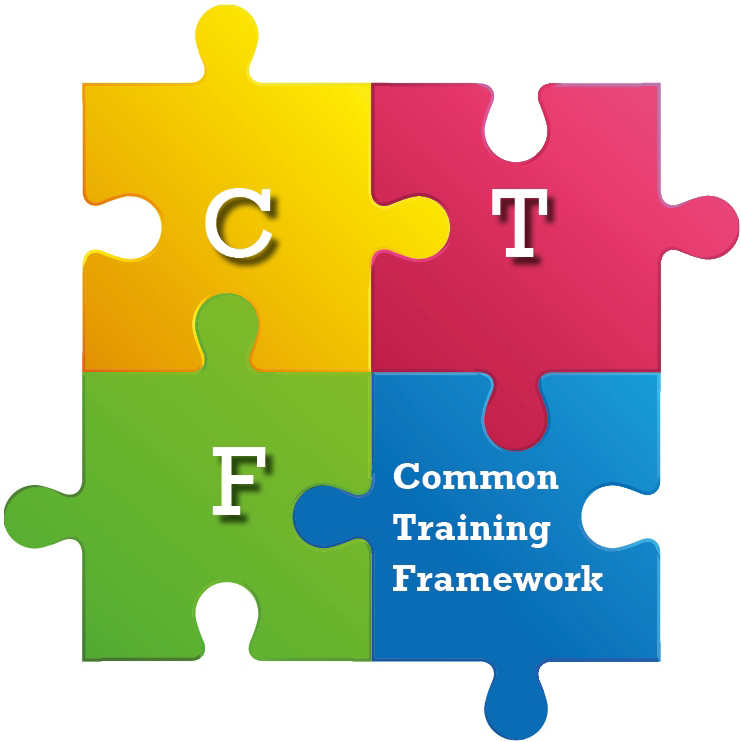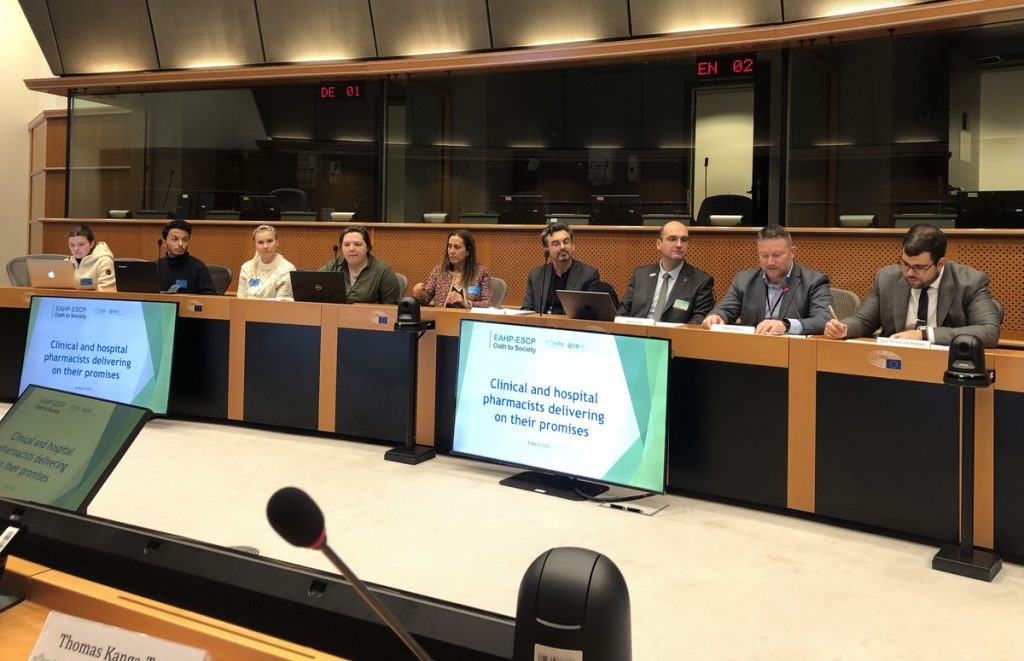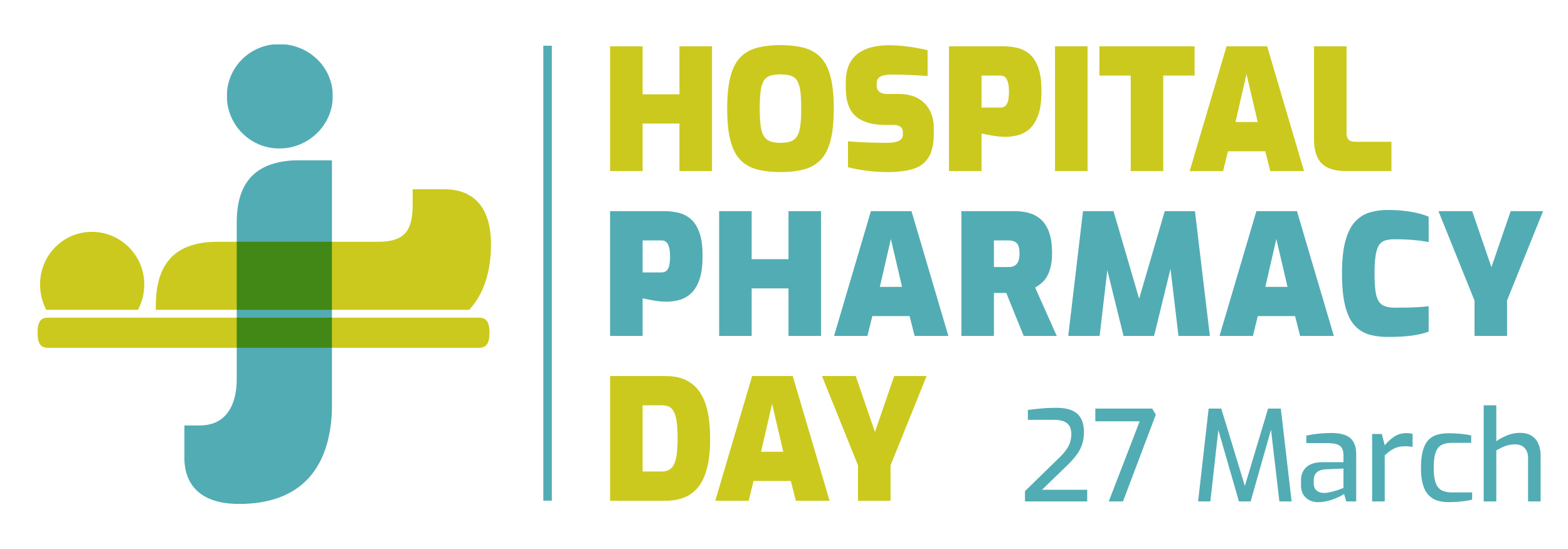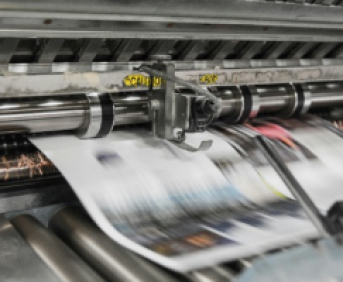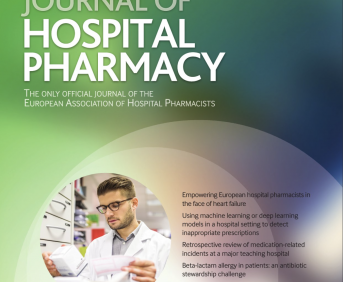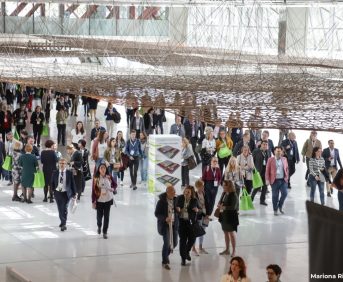BIG ECONOMIC GAIN IN IMPLEMENTING NATIONAL TREATMENT GUIDELINES FOR WET AGE-RELATED MACULAR DEGENERATION, DIABETIC MACULAR OEDEMA AND RETINAL VEIN OCCLUSION
Pdf

European Statement
Selection, Procurement and Distribution
Why was it done?
The consumption of medicine for the treatment of wAMD, DME and RVO is increasing. The medicines used are in the top five of the most expensive drugs in Denmark. With the prospect of more patients, greater costs and the introduction of new drugs in the field, there was a need to develop a national treatment guideline.
What was done?
An expert committee prepared a national treatment guideline including a clinical medicine comparison report for the treatment of wet age-related macular degeneration (wAMD), diabetic macular oedema (DME) and retinal vein occlusion (RVO). The aim was to create uniform treatment across the country and to trigger competition between medicines in the hope of achieving lower prices.
How was it done?
An expert committee consisting of physicians, clinical pharmacist, clinical pharmacologist and medicine procurement pharmacist was appointed. The committee prepared a national treatment guideline including a clinical medicine comparison report based on existing clinical evidence and Danish practice. The committee reached the conclusion that the anti-vascular endothelial growth factor (VEGF) drugs ranibizumab and aflibercept are ranked equally in terms of effect and side effects. The choice of anti-VEGF should be determined solely by price and dosage. A tender was prepared in alignment with the guidelines. This result led to the development of a medicine recommendation, which was passed onto hospital pharmacies, clinical pharmacists and physicians to ensure implementation in the clinic. Feedback from the clinics concerning estimated consumption was forwarded to the drug suppliers and was continuously monitored by the procurement pharmacist to ensure compliance at the clinics.
What has been achieved?
The clinicians switched patients to the new first-line choice. The market share of first-line treatment was 89% compared to 25% before the guideline. Two tenders were published based on the guideline. The first resulted in a price reduction of 28%, the second a reduction of 54%. Total actual savings in the first tender (based on a 31-month contract period) was €38m. In the second tender (based on the first 12 months of the contract period) was €35m.
What next?
New medicines are expected to be approved in the near future. We will continue to use and develop national treatment guidelines in combination with tender procedures and proper implementation of guidelines to obtain better and cheaper treatment options for patients.
Managing Shortages
European Statement
Selection, Procurement and Distribution
Author(s)
Alison Anastasi, Karl Farrugia
Why was it done?
The amount of shortages was considerable leading to interruption of treatment, hoarding, wastage, hospital admissions incurring more expenses. Malta is one of the small EU Member states and its geographical position does not facilitate sourcing. Thereby on analysing the matter further, walking directly into the chaos creating order, inventing, creating, connecting and making things happen was the mainstay since then. The industry accepted the partnership invitation and sourcing increased both from the local and international scenario. Best in class operational efficiency, quality & functional excellence was achieved. According to the National Audit office in 2012, Malta had a recurring issue with shortages of medicines and now in 2016 we have had nil shortages for 30 weeks.
What was done?
1. Establishment of a dedicated team – Emergency Response Unit (ERU)
2. Enterprise Resource Planning inventory management
3. Customer demand forecast modelling
4. Partnership with the industry
5. Innovative procurement strategies e.g. negotiations, therapeutic time-based agreements, e-auctioning, framework agreements, managed entry access
6. Registration: Allowing bidders to register after they were awarded the tender; parallel importation
How was it done?
The challenges faced included influencing and providing leadership to partners in the delivery of on demand innovative solutions, strategic sourcing involving language translations, registering medicines by the department, demand supplier relationships, payment within 60 days, ageing population, procurement services revenue and profit growth. The winning strategy foundation was the interaction and integration of people (internal and external stakeholders) to business information and business intelligence.
What has been achieved?
The department has achieved good results measured by the number of shortages, better quality of life, by reduction of hospital admissions thereby reduction in costs. The average medicine shortages in 2013 was 56; in 2014 (40); in 2015 (5) and in 2016 (1) till October. The budget allocated per year has increased due to longevity however more patients are being treated and the cost savings lead to innovative technology access.
What next?
Having mitigation measures in place such as pre-planned need analysis; choosing the right process; reducing unnecessary care and focusing on sustainability is good practice. Locally this is being implemented for the procurement of non-medicines and in fact cost savings running into millions have resulted.
